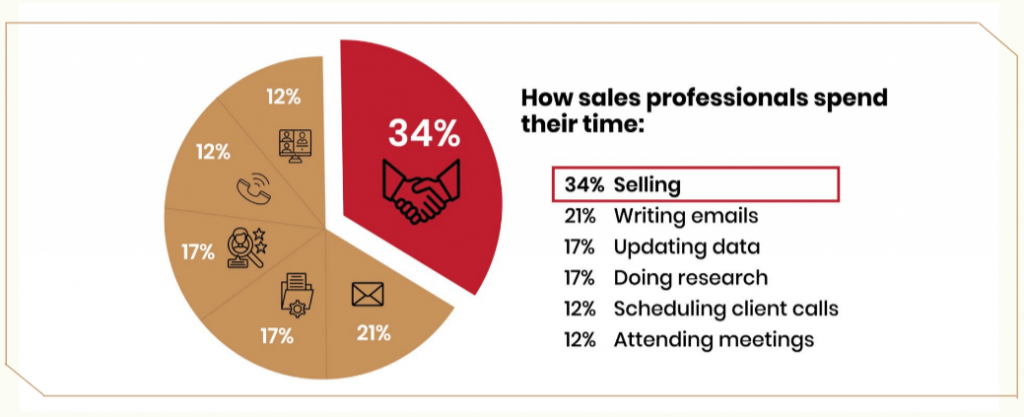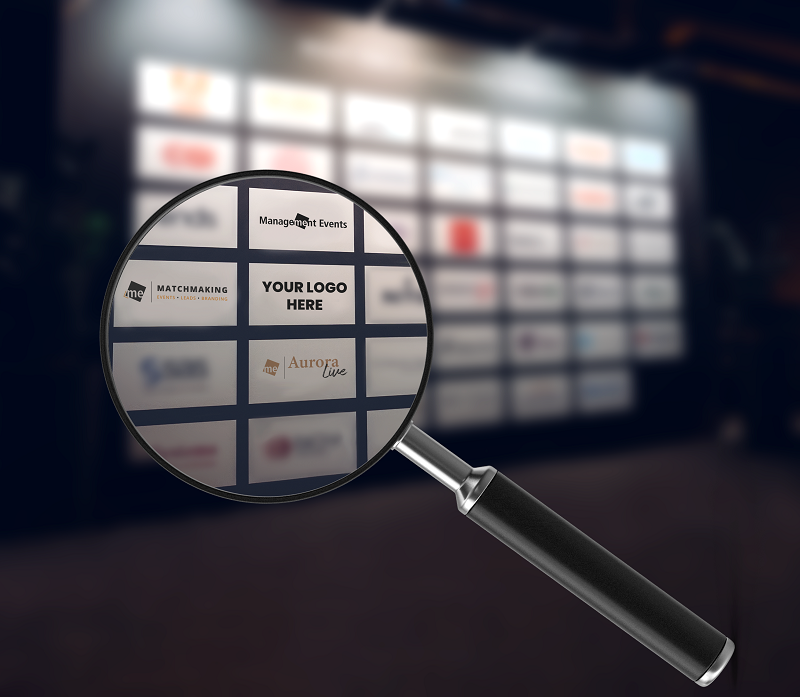B2B networking events are a prime opportunity to connect with potential clients, establish your brand as an industry leader, and generate valuable leads. According to research by Sweap, 89% of respondents believe that events are critical to reaching key business objectives. Similar findings were reported by Bizzabo, with a staggering 97% of B2B marketers seeing on-site events as essential for achieving those objectives.
But simply showing up isn’t enough. In a sea of competitors, you need to be strategic and creative to stand out. This article explores innovative tactics to maximise your brand visibility and make a lasting impact at your next event.
Find the Right Event
54% of C-level decision-makers doubt a brand’s credibility due to a lack of comprehensive information (KoMarketing). Creating a strong presence at the right event will reinforce your brand’s credibility.
Make sure to join relevant B2B networking events to boost brand visibility among the right audience and gain unique insights into your customers’ needs.
For example, if your company develops cloud software, try participating in B2B networking events tailored for IT executives. Explore opportunities to be a host or a speaker at these events as well for increased exclusivity and visibility. You can position yourself as a knowledge expert on a specific topic to build trust among decision-makers.
Pre-Event Buzz: Setting the Stage for Success
Before the event even begins, you need to generate anticipation. Go beyond traditional announcements and leverage the power of social media.
- Make sure people know which events you are attending.
- Talk about the keynotes or activities you’ll be participating in and speakers you’re excited about.
- Better yet, tag the event organisers in your social media posts to reach as large of an audience as possible.
This will invite conversation and engagement from your community and beyond. It’ll also create an opportunity for you to position your brand values and strengths front and centre in the context of industry-specific interests. Don’t just announce your attendance; highlight what makes your presence unique.
“I’m deeply impressed about the quality of the events that Management Events are setting up. The calibre of the speakers, the flawlessness of the execution, the atmosphere, and the quality of the attendees were impressive. Management Events has become an important part of our marketing mix. We see positive outcomes from the engagements, enabling us to continue the dialogue with the accounts.”
– Senior Director EMEA Marketing, Nasuni
On-Site Activation: Creating Memorable Experiences
The event itself is your stage. 68% of B2B marketers use on-site events to generate new leads, highlighting the importance of a strong on-site presence (AdStage). This is your chance to create memorable experiences that resonate with attendees and reinforce your brand message.
- Prominent Branding: Ensure consistent and prominent branding across the event by partnering with the organizers. This can include strategic logo placements, a spotlight video, and being a key partner for the event. It reinforces your brand identity, making it easy for attendees to recognise you. After all, there’s a reason 60% of event marketers view event sponsorship as a good option to increase brand awareness (Sweap).
- Host A Roundtable: Position yourself as a thought leader by hosting a roundtable discussion with leaders in the industry. These interactive sessions provide value to attendees while showcasing your expertise and offerings.
- Stage Time: Step up your thought leadership by taking the stage at B2B events for a panel discussion or presenting a case study that features your brand at its best.
- Network and talk to new people: You never know who you might meet at B2B networking event. Take the opportunity to make new contacts and reignite connections with cold leads. Make sure to leave a business card. This creates opportunities to follow up with contacts made during the events.
“First of all, [the value of being a Premium Partner with Management Events is] brand visibility. What I really like is that there is clarity on who is the main partner. Secondly, I am very glad to see new connections, which is very surprising for me, as I have been in the industry and these events for multiple years.”
– Vice President Global Business Engineering, CGI
Post-Event Engagement: Nurturing Connections
The event doesn’t end when the doors close. Post-event follow-up is crucial for ensuring that your brand remains in the minds of your target audience, enabling your sales teams to nurture leads and maximise your ROI.
- Personalised Emails: Send personalised thank-you emails to attendees, referencing specific conversations and offering relevant resources. This shows you value their time and strengthens the connection.
- Social Media Highlights: Share event highlights on social media, including photos, videos, and key takeaways. Extend the conversation to reinforce your brand presence.
“For us, it’s very important to network. These events facilitate us to not only speak about topics which are ongoing and interesting but also to have a cup of coffee and perhaps even a glass of wine to get to know the person behind the role they fulfil. Because in the end, you do business with a person, not a company.”
– Commercial Director, TriFinance
Make your Mark with Strategic Partnerships
About 52% of CEOs believe that event marketing delivers a higher ROI than any other marketing channel (Splash). This makes it a crucial investment for B2B companies. Cvent found that 24% of organisations spend at least 26% of their marketing budget on events, while 17% allocate more than 50%, showcasing the significant investment in event marketing.
In the competitive landscape of B2B events, creativity and strategic planning are essential for boosting brand visibility. A foolproof way to maximising brand visibility at B2B events is via a strategic partnership that can deliver ROI on multiple levels.
Management Event’s sponsorship opportunities do just that. From strategic logo placements at exclusive networking and social events to opportunities for stage time in front of Europe’s top business leaders, you can put your brand directly in the minds of your target audience.
ME Matchmaking’s sponsorship opportunities include:
- Branding and visibility: Your brand logo featured at exclusive industry events.
- Spotlight video: Showcase your brand video directly to decision-makers.
- Roundtable with top executives: Conduct roundtable discussions with a small group of your selected executives.
- Stage time: Join a panel discussion or present a case study with your client to an audience of interested decision-makers.
- Co-host events: Co-host a social networking event for an exclusive group of senior executives.
- Co-create content: Create an article that promotes your brand as a thought leader and spread awareness of your organization, which is then channelled by Management Events to a wider audience.
Remember, it’s not just about being present; it’s about making your mark.








